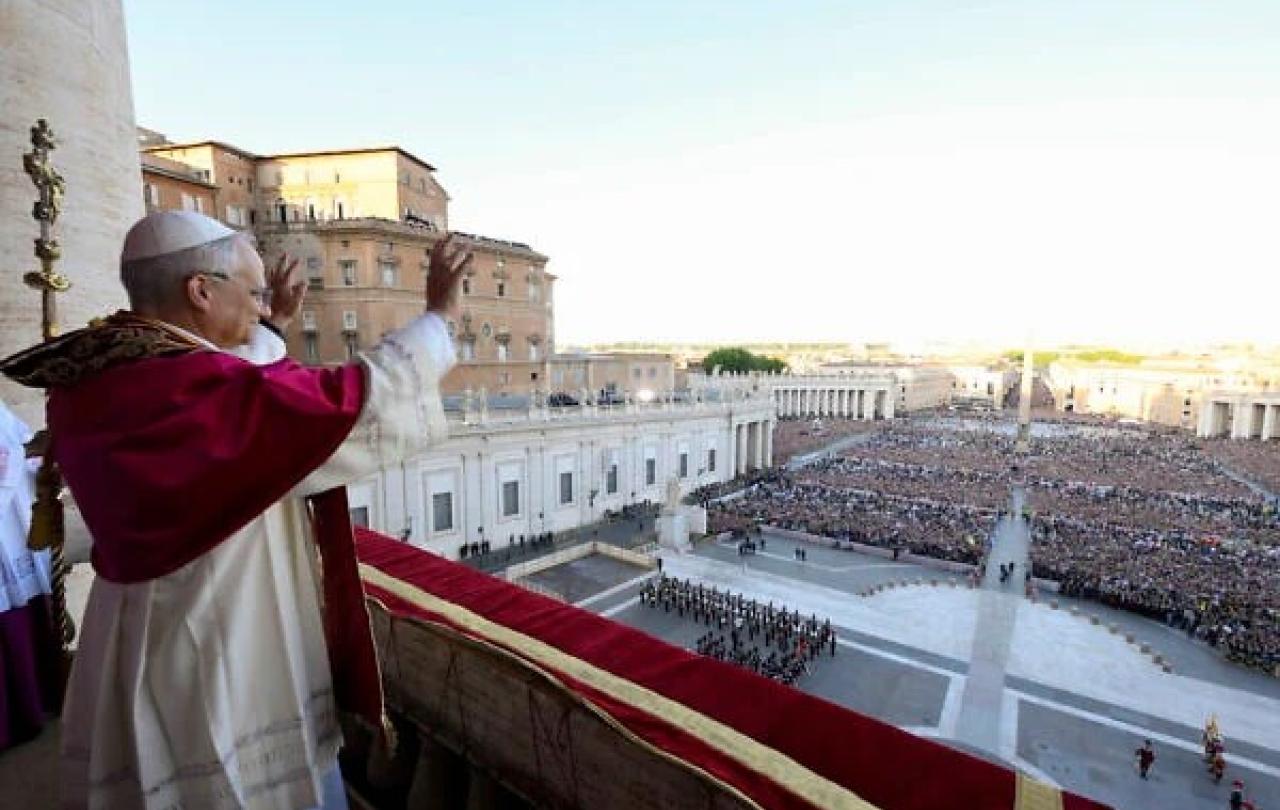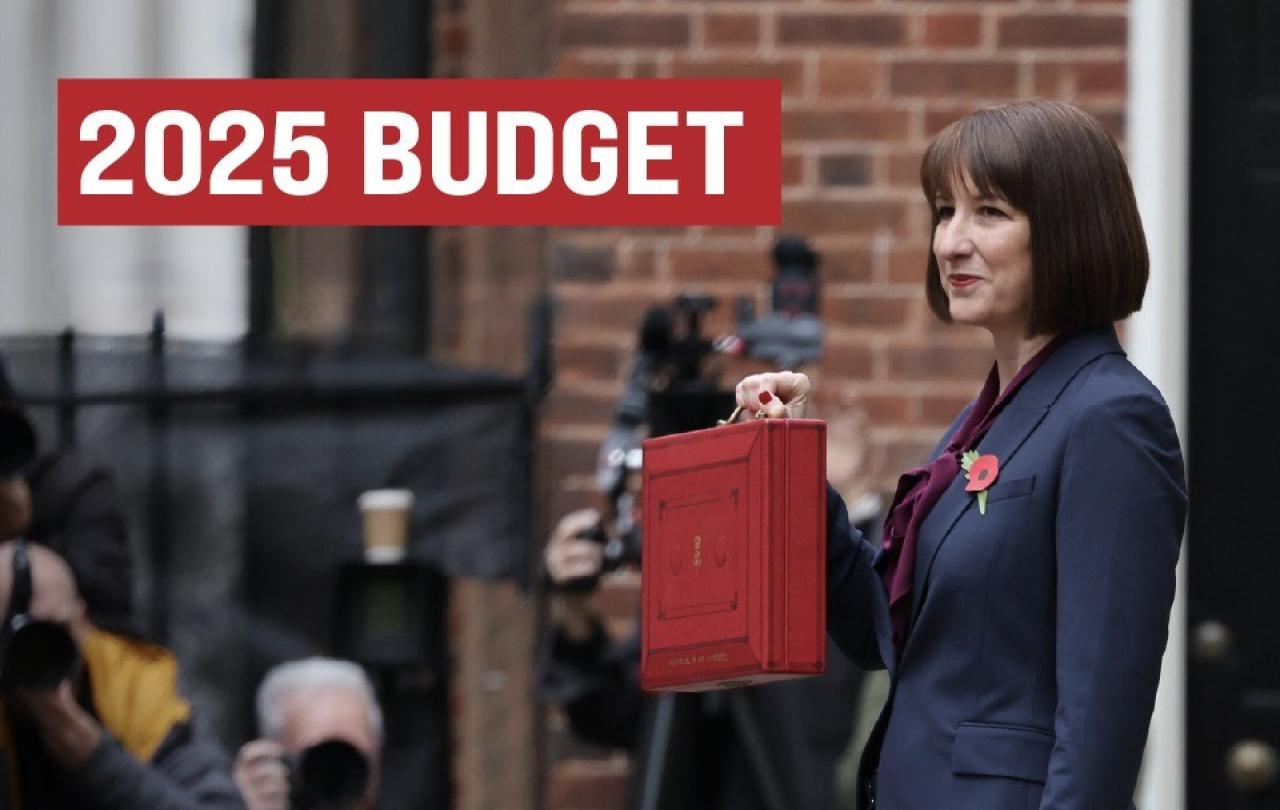
If memory serves, there was a very positive feeling about Pope Francis when he was elected in 2013. Mind you, I had just started my first year at university and was passionately atheistic - I had flunked my ‘General Studies’ A-Level essay purely because I had nothing to say in favour of the proposal that heaven exists. It was plain enough to me that it was all unscientific wish-fulfilment - so a requirement to give balance had to be jettisoned.
But the late Pope was so adept at doing things that sent a message, that even in my sphere it became commonly agreed that he was a breath of fresh air. Anyone would tell you that he was very down-to-earth. PR types can only dream of that kind of cache among those who have zero interest in what the company is selling.
The less ostentatious popemobile!
The refusal to live in the official papal apartments!
Here was a man clearly wanting to step back from pomp, and the wealth (all that Vatican gold!).
It is only now that, as a Catholic, I have an inside track perspective on how more complicated this all actually was. Some in the Church found some of the public piety unsettling. All churches have a trade-off to make between the gospel directive to not value treasure on earth, as well as a gospel directive to give honour to God using all of our humanity, which might involve using our sense of beauty.
But I am not saying I agree or disagree with any of this. Francis was making a point, and it was well made. I am rather saying that there is a tendency sometimes to think of a pontiff in ill-fitting terms - often political ones. As an atheist, I crammed things into a binary of ‘good, stripped-down rationalisation’ versus ‘bad, mythological and weird’. Especially in secular media, there is a tendency to make popes answers to questions that the media have asked, and not the ones of the Church. The story is always more intricate than ‘liberal’ versus ‘conservative’. Francis was not, in the end, the moderniser some commentariat hoped for, but only because he demonstrated what should have already been obvious: that that the Pope is not ‘in charge of’ the Catholic Faith like that.
At any rate, speculation of a similar kind is already booming around the new Pope, Leo XIV. Everyone is trying to read into every micro-detail we have. What is the significance of his being an American? Is this the conclave’s attempt to create a counter-Trump? Why did Leo come out in traditional garb (which Francis made a point of eschewing)? Why ‘Leo’?
Rumours have already abounded that this new Pope likes to do his private masses in the old Latin; others have pointed out that he ran with Francis’ crowd - and even his opening speech touched on the late Pope’s theme of ‘synodality.’ Synodality, depending on who you ask, is either a noble attempt at decentralisation and listening to the full range of voices in the Church - or an attempt to sneak doctrinal change under the guise of being pastoral.
My advice is to stay well away from it all. Perhaps I’m bringing my own personal journey in too much here - but people change their minds all the time. I wouldn’t want someone to judge me on that General Studies essay now, let me tell you. People especially change when given such a task as Robert Prevost has been given. Even on a purely natural view, being handed responsibility for over a billion Catholics is likely to have a sobering effect, and make one hyper-aware of every move one is about to make.
But, more importantly, on a supernatural lens, Catholics will want to say that this Pope has been, at the very least, permitted by the Holy Spirit. Benedict XVI put it as dismally as this, in 1997:
"Probably the only assurance [the Holy Spirit] offers is that the thing cannot be totally ruined.”
Pope Leo’s ability to shepherd the Church is not a power he enjoys on his own - it comes, as the official teaching has it, “by virtue of his office.” He gets it purely from God, and by existing in relationship to a bigger thing, the Church. It is a difficult thing to make sense of, but the Catholic view of the Pope is not really a statement about human power. It is the belief that, at some very foundational level of analysis, Jesus has agreed not to abandon those who follow him; agreed not to “leave us as orphans." The Pope has come to be seen, in time, as that foundation; as that ‘rock’. But he should always be seen within the bigger picture of God’s promises to us.
For the meantime, the Pope needs not analysis, second-guessing, or projections. He needs prayers.
Celebrate our 2nd birthday!
Since Spring 2023, our readers have enjoyed over 1,000 articles. All for free.
This is made possible through the generosity of our amazing community of supporters.
If you enjoy Seen & Unseen, would you consider making a gift towards our work?
Do so by joining Behind The Seen. Alongside other benefits, you’ll receive an extra fortnightly email from me sharing my reading and reflections on the ideas that are shaping our times.
Graham Tomlin
Editor-in-Chief





